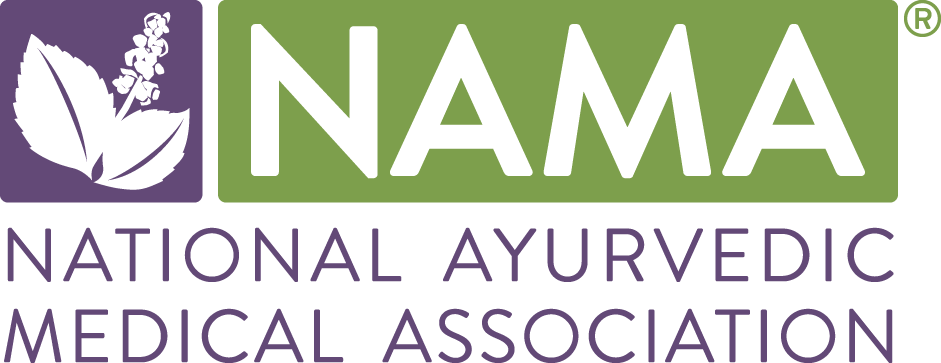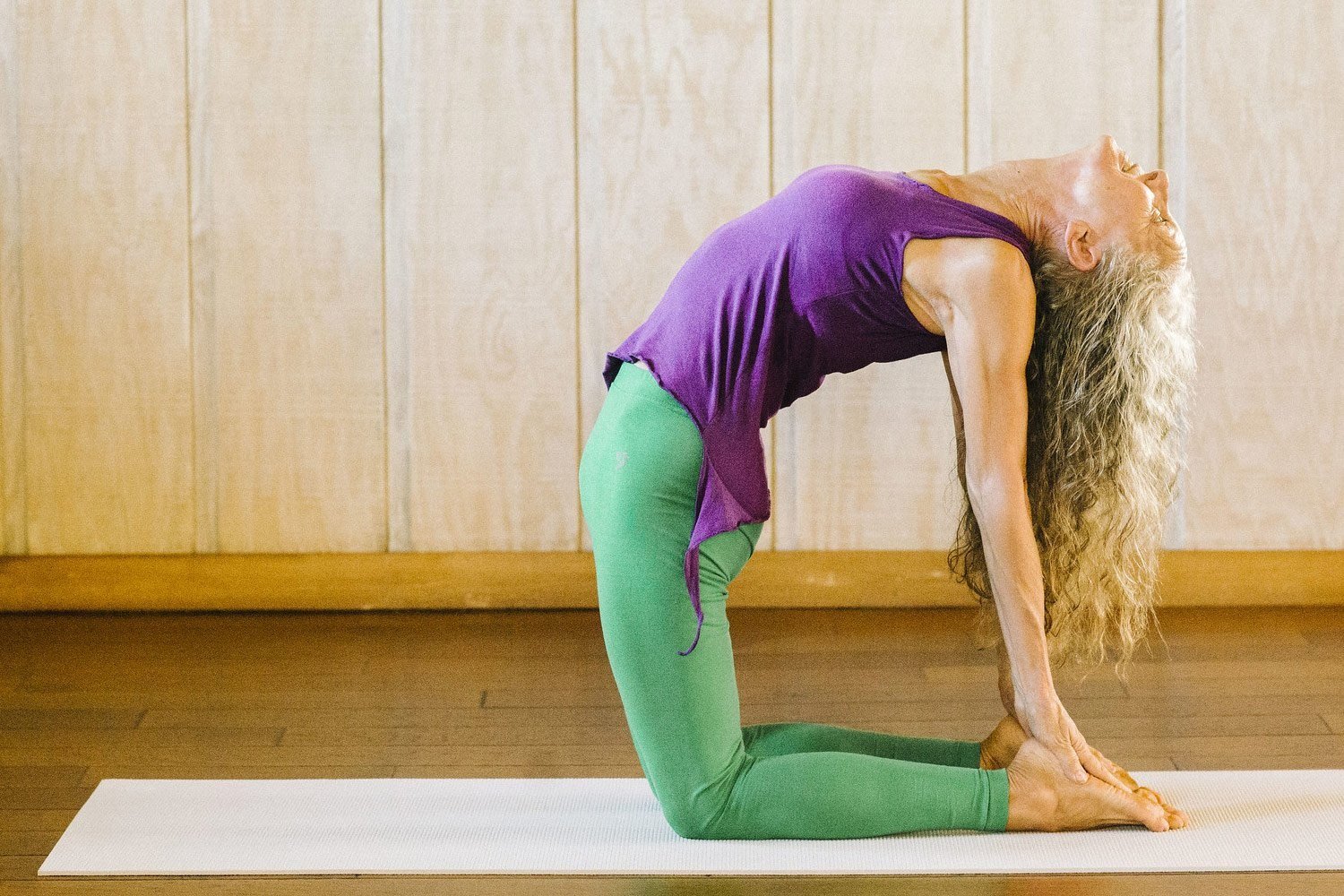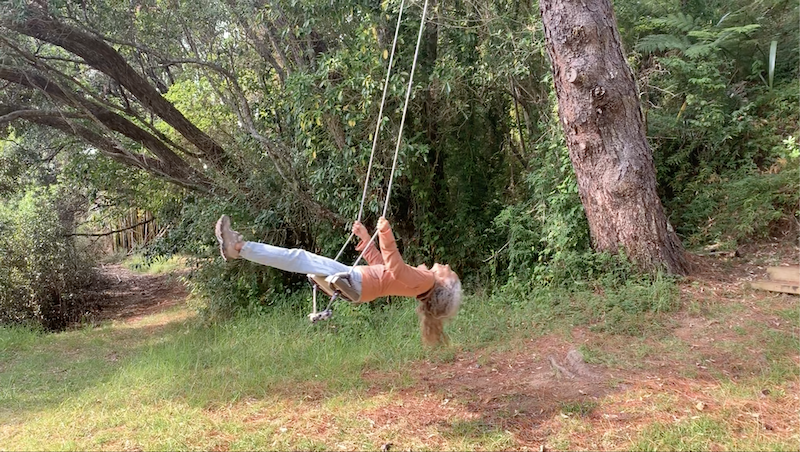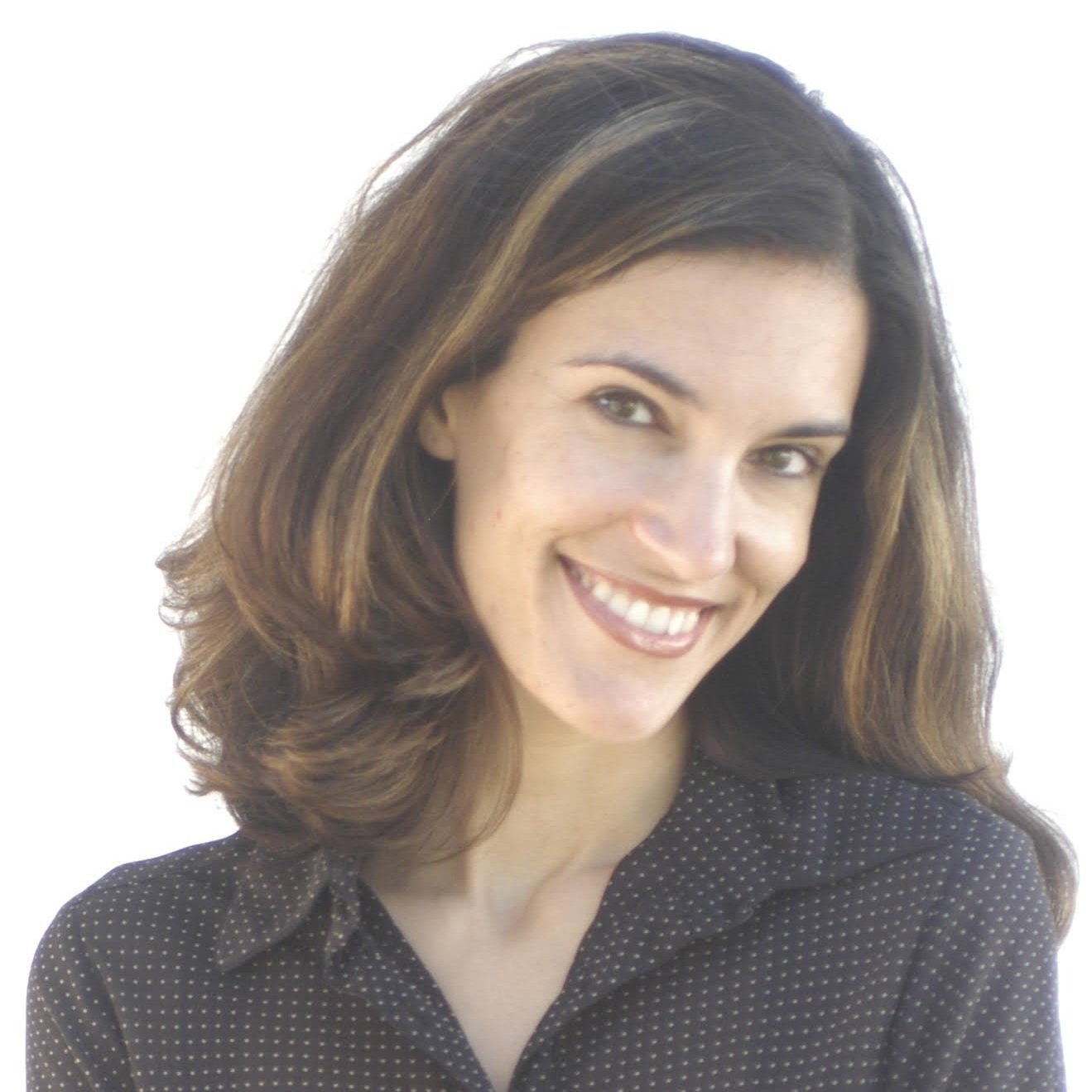Ayurveda is an ancient system of health care. Ayurvedic theory is based on the tridosha concept: vata, pitta, and kapha. These tridosha are the backbone of Ayurvedic diagnostic and treatment principles, including those related to digestion.
The functions of the doshas
Everybody has all three doshas in their body but one is predominant. Only a few people have two predominant doshas. If all the doshas are balanced, then there is no problem. But when a dosha goes out of balance, it can create health issues.
Vata dosha is responsible for circulation and elimination, and it controls the nervous system.
Pitta means “which digests,” so it’s no surprise that it’s responsible for digestion and body energy.
Kapha dosha provides structural integrity. It acts as a cementing agent, giving your body its weight, mass, and stability.
Digestion: the foundation of health with Ayurveda
So many people are struggling with digestive issues. You already know that pitta dosha is responsible for digestion. Pitta dosha is also connected to agni, or digestive fire. Agni is the gatekeeper of good health.
According to Ayurveda, strong digestion is key to good health. When agni is imbalanced, digestive problems start to appear.
Improper digestion creates ama (toxins) in the body. Ama is the root cause of many diseases. Ayurveda says that your stomach, your digestive system, is the root of your body. If the root is strong, things are in order. If our digestion is imbalanced, diseases can develop.
Our wrong eating habits imbalance our agni. Everybody tries to eat good, healthy foods. But sometimes we don’t take our food on time. We don’t drink enough liquids. And maybe in couple of years, we start experiencing digestive issues.
Eight tips from Ayurveda for balanced digestion
Here are few tips to keep your agni and, ultimately, your digestion balanced.
1. Drink 2 liters (67.6 oz.) of water every day
Ayurveda recommends drinking four glasses of water on an empty stomach. And during the day it’s advised that you drink one glass of water every one and half hours.
The proper way of drinking water is to take one glass of warm water and drink it slowly sip by sip and finish it. Don’t just take a few sips now and a few more again after 5–10 minutes, because that will imbalance the digestive fire. Always drink warm water. Avoid cold and chilled things.
2. Always eat seasonal foods
Always eat fresh, cooked, and warm foods that are in season. Eat at regular mealtimes. Eat slowly.
Don’t freeze or store food for future consumption. Fresh, cooked food is alkaline. Stored food becomes acidic. So, follow the wisdom of nature, and eat foods that are in season.
3. Eat regularly, but not too frequently
Never skip breakfast. Your body, especially your brain, needs fuel in the morning. Food is fuel. There should be at least a 4-hour gap between two meals. The only exceptions to this advice are kids, old, and sick people.
4. Eat the right foods at the right time
Your food should be digested before going to bed because your body slows down when you’re asleep. Eat at least 2 hours before going to bed. Eat heavier foods in the middle of the day and lighter, easy-to-digest foods in the evening.
Avoid spicy, cold, fermented, and frozen foods. Always eat freshly cooked food.
5. Leave room for digestion
Don’t fill up your stomach. This Ayurvedic shlokha tells you how much to eat:
POORTE ASHNAINA ARADHA TRITYA UDKENTU
VAYO SANCHNNARTHA CHATURTH AVASHESHYAT
“One should fill half his stomach with food and
leave one-quarter for water and one-quarter for movement of air.”
6. Exercise regularly
Walk and exercise regularly. As they say: “After lunch, rest a while, and after dinner, walk a mile.”
7. Spice it up
Drink ginger tea. Add cinnamon, cloves, black pepper, and cumin. Add ajwayan and turmeric to your food. Keep in mind that everything should be used in moderation.
Ayurveda uses foods, herbs, and spices as medicine. This shlokha sums it up:
VINAAPI BHAISHJYAEVIDHUI PATHYADEV NIRVARTATE
NA TU PATHYA VAHINSAYA BHAISHAJANANM SHTRRRAI
“No medicine is required by a person who carefully follows the prescribed diet guidelines. But who does not follow the diet principles cannot be helped even by hundreds of medicines.”
8. Follow Ayurveda’s daily habit recommendations
Follow Ayurveda’s dinacharya, or daily habit recommendations, to help keep your body in balance and, ultimately, free from disease.
Ayurveda helps you stay healthy and return to balance when your doshas go out of balance. It works with lifestyle, diet, and herbal remedies among other things to better your digestion. Please check with your doctor or health care provider before using any ideas mentioned in this article.
about the author
N.K. Dutta, DNM, CAP, is Surrey BC Canada based Ayurvedic Vaidya. His main objective is to educate and raise awareness in human beings about Ayurveda in the world. He has more than 40 years of experience in Ayurveda. www.ayurvediccure.co
















